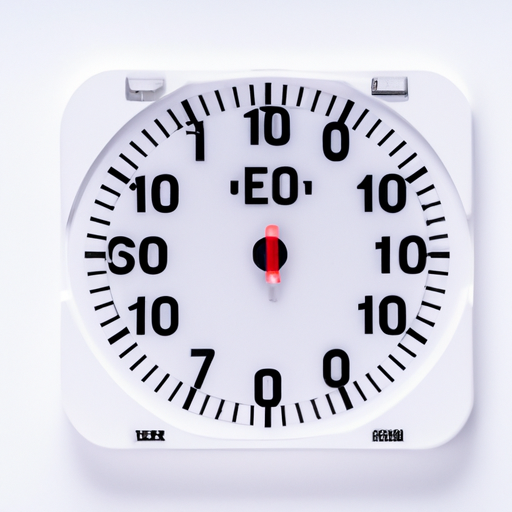Core Functional Technologies of Real-Time Clocks (RTCs)
1. Timekeeping Accuracy: RTCs utilize quartz crystal oscillators to maintain precise timekeeping. The CFR-50JB-52-18R may incorporate a temperature-compensated crystal oscillator (TCXO) to ensure consistent accuracy across a range of temperatures, which is vital for applications requiring reliable time data.
2. Low Power Consumption: Designed for efficiency, RTCs like the CFR-50JB-52-18R operate with minimal power, making them suitable for battery-powered devices. Features such as low-power sleep modes help extend battery life, which is crucial for portable applications.
3. Battery Backup: RTCs are equipped with battery backup systems that allow them to continue keeping time even when the main power supply is interrupted. This feature is essential for applications that require uninterrupted timekeeping, such as data logging and scheduling.
4. I2C/SPI Communication: RTCs typically communicate with microcontrollers via I2C or SPI protocols, facilitating easy integration into various electronic systems. This compatibility allows developers to implement RTCs in a wide range of applications without complex interfacing.
5. Alarm and Timer Functions: Many RTCs, including the CFR-50JB-52-18R, feature built-in alarm and timer capabilities. These functions enable the RTC to trigger events or wake up a system from sleep mode, enhancing the functionality of the device.
6. Calendar Functions: RTCs can track not only time but also date, day of the week, month, and year. This capability is essential for applications that require date stamps, such as logging events or scheduling tasks.
Application Development Cases
1. Consumer Electronics: RTCs are integral to devices like digital watches, clocks, and smart home appliances. For example, a smart thermostat may utilize the CFR-50JB-52-18R to schedule heating and cooling cycles based on time, optimizing energy usage.
2. Industrial Automation: In manufacturing environments, RTCs are used in programmable logic controllers (PLCs) to timestamp events, log operational data, and schedule maintenance tasks. This ensures that processes are executed at optimal times, enhancing overall efficiency and productivity.
3. Medical Devices: RTCs are crucial in medical monitoring devices for logging patient data over time. For instance, a wearable health monitor may use an RTC to timestamp heart rate and activity data, allowing for accurate tracking of a patient’s health metrics over time.
4. Telecommunications: In networking equipment, RTCs help synchronize data transmission and log events. Accurate timekeeping is essential for maintaining network integrity and ensuring that time-sensitive data is processed and transmitted correctly.
5. Automotive Applications: RTCs are employed in vehicles for various functions, including tracking mileage, scheduling maintenance, and managing infotainment systems. The CFR-50JB-52-18R can be integrated into a vehicle's dashboard to provide accurate time and date information, enhancing user experience.
Articles and Resources
1. "Understanding Real-Time Clocks: A Comprehensive Guide": This article provides an in-depth overview of RTC technology, detailing how they function, their features, and their applications across different industries.
2. "Low Power Real-Time Clocks: Design Considerations": This resource discusses the significance of low power consumption in RTCs and offers design tips for integrating them into battery-operated devices, ensuring longevity and efficiency.
3. "Integrating RTCs in IoT Devices": This article explores the role of RTCs in enhancing the functionality of Internet of Things (IoT) devices, focusing on their capabilities for time-stamping and scheduling.
4. "Case Study: RTCs in Medical Monitoring Systems": This case study highlights the importance of RTCs in medical devices, particularly in patient data logging and monitoring, showcasing their critical role in healthcare technology.
5. "Real-Time Clocks in Automotive Systems": This resource examines the various applications of RTCs in the automotive industry, including their contributions to infotainment systems and vehicle diagnostics.
Conclusion
Real-Time Clocks like the CFR-50JB-52-18R are essential components in modern electronic systems, providing critical timekeeping functions across a diverse array of applications. Their low power consumption, accuracy, and additional features make them invaluable in consumer electronics, industrial automation, medical devices, telecommunications, and automotive systems. By understanding their core technologies and applications, developers can effectively integrate RTCs into their designs, enhancing the functionality and reliability of their products.






